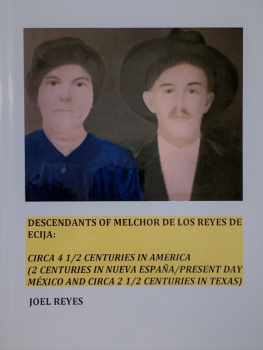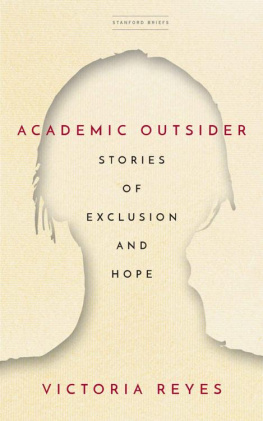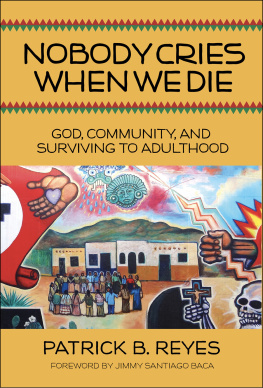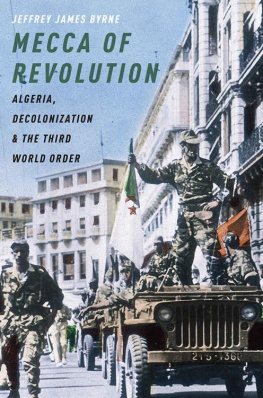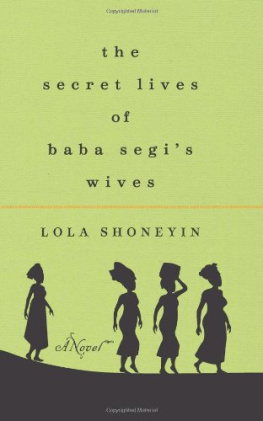
In spite of the fact that detective fiction has been the most popular genre utilized by Spanish authors over the last thirty or so years, the female detective has appeared in such works on relatively rare occasions. Less frequent are Spanish female authors of detective fiction who employ a female detective as their main character. One author who has broken this stereotype is Reyes Caldern, with her female juez de instruccin (examining magistrate), originally created because the author was convinced that one popular, female, main character detective that did exist was simply a man who was wearing a skirt (interview with author). With the creation of her Basque character who, over the series, evolves from law-school professor to member of the Spanish Supreme Court, Caldern is able to design a normal woman who confronts abnormal situations (interview with author). Through such, Reyes Caldern aptly portrays both how far Spanish women have come since the days/restrictions of the Franco dictatorship but yet how remnants of conservative thought still pervade their mindset. She thus uses the most popular of genres to make a myriad of cultural observations concerning her native country and the women of her generation.
This book focuses on the female detective in Hispanic literature; the Lola MacHor Series, where via the main character Lola Caldern is conducting a cultural studies experiment/explanation of modern-day Spain; concomitant issues of characterization and Calderns debt to Naturalism; Spanish novel writing and narrative style; and the pervading conservative/feminist dichotomy as it transpires in Spanish social commentary and moralizing.
Jeffrey Oxford, Professor of Spanish at Midwestern State University, is co-editor of Eduardo Mendoza: A New Look (2002) and Gimnez Bartletts Influence in Hispanic Literature (Vol. 28 of Monographic Review/Revista Monogrfica). He is the author of more than 40 academic essays, a dozen of which focus on detective fiction of Spain.
Cover illustration of Lady Justice courtesy of Klinko
(www.klinko.com.ar).
No me olvides que, en los asuntos humanos, tambin los otros pueden tener razn: ven la misma cuestin que t, pero desde distinto punto de vista, con otra luz, con otra sombra, con otro contorno.
Josemara Escriv de Balaguer
Mrame dentro y comprender / que tus ojos son mis ojos / que tu piel es mi piel / en tu odo me alborozo / en tu sonrisa me bao / y soy parte de tu ser / que no vale la pena andar por andar / es mejor caminar pa ir creciendo.
Chambao, Pokito a Poko
Copyright Jeffrey Oxford, 2015.
Published in the Sussex Academic e-Library, 2015.
SUSSEX ACADEMIC PRESS
PO Box 139
Eastbourne BN24 9BP, UK
and simultaneously in the United States of America and Canada
All rights reserved. Except for the quotation of short passages for the purposes of criticism and review, no part of this publication may be reproduced, stored in a retrieval system or transmitted in any form or by any means, electronic, mechanical, photocopying, recording or otherwise, without the prior permission of the publisher.
British Library Cataloguing in Publication Data
A CIP catalogue record for this book is available from the British Library.
Library of Congress Cataloging-in-Publication Data
Oxford, Jeffrey Thomas, 1966
Reyes Calderns Lola Machor series : a conservative feminist approach to modern Spain / Jeffrey Oxford.
pages cm
Includes bibliographical references and index.
ISBN 978-1-84519-646-2 (hb : acid-free paper)
ISBN 978-1-78284-193-7 (e-pub)
ISBN 978-1-78284-194-4 (e-mobi)
ISBN 978-1-78284-195-1 (e-pdf)
1. Caldern Cuadrado, ReyesCriticism and interpretation. 2. Feminism and literatureSpain. I. Title.
PQ6703.A3954Z79 2015
863.7dc23
2014040631
This e-book text has been prepared for electronic viewing. Some features, including tables and figures, might not display as in the print version, due to electronic conversion limitations and/or copyright strictures.
Acknowledgments
I would like to express my deepest gratitude to Reyes Caldern for her willingness to accede to an interview regarding her writings, her consent in permitting me to record that interview, facilitating reprint permission of quotes from the novels, and the many special efforts she made in assuring that my visit to the Universidad de Navarra and Pamplona in 2012 would be most enjoyable. I am deeply appreciative of Isabel Mndez-Santallas assistance in transcribing said interview with the novelist. Thanks to the many students, colleagues and friends around the world who have helped me further develop my research and thoughts both in one-on-one conversations and at conference venues in various locations. And a special note of appreciation to my wife, Raquel, for her reading of a draft of this book, her commentary and criticism and her unwavering support through the years. Obviously, any errors that remain in the text are my own, and for such I apologize beforehand.
I am grateful to Editorial Difcil for granting reprint permission of several quotes from Lgrimas de Hemingway.
Additionally, I am extremely grateful to Antonia Kerrigan Agencia Literaria for conceding rights to reproduce several extracts of the novels in the present work.
Finally, I would like to mention my appreciation of the cover illustration of Lady Justice, courtesy of Klinko .
CHAPTER ONE
Introduction: Setting the Scene
In various interviews Reyes Caldern has attempted to distance herself somewhat from the majority of the authors of the novela negra saying, for example in September of 2010, that a m no me interesa la violencia por la violencia. Me interesa comprender la condicin humana, al chaval que graba la muerte de una mendiga (Stegmeier). In another interview from the same year, she rejects the idea that her novels are novela negra, emphasizing the importance of character development over plot: Siempre he dicho que mis libros no son novela negra. No importa tanto quin [sic] mata o quien muere, como la vida de estos personajes (Rubio 60). While perhaps the author is somewhat successful in distancing herself from the ambientes marginales con dosis de crimen, sexo y violencia (Cercas) of the traditional novela negra, it should be pointed outas do various critics such as Kalen Oswald, Patricia Hart, Jos Colmeiro, Ren Craig Odders, and Joan Ramn Resinathat in many of the detective novels of contemporary Spain what stands out more than the investigation, and even more than the mystery itself, is the social commentary expressed by the words and actions of the characters (Oswald 11).
Malgorzata Janerka posits that Los detectives protagonistas de las novelas policiacas muestran una desconfianza profunda respecto a la cultura, el saber y la religion, los dominios tradicionales del abuso de poder por parte de la autoridad (116) and that [e]n la literatura crtica, la novela policiaca suele asociarse con una denuncia social (127). The social criticism of Reyes Caldern, however, very frequently appears so subtly in the narrative that it gives the impression of being a tacit moral to the storysomething that the author has denied on several occasions. It is my argument in this book, however, that one of the principal themes of all the novels in her MacHor series is her desire that humans understand each other better and that they have more compassion one for the other. In 2010, when






